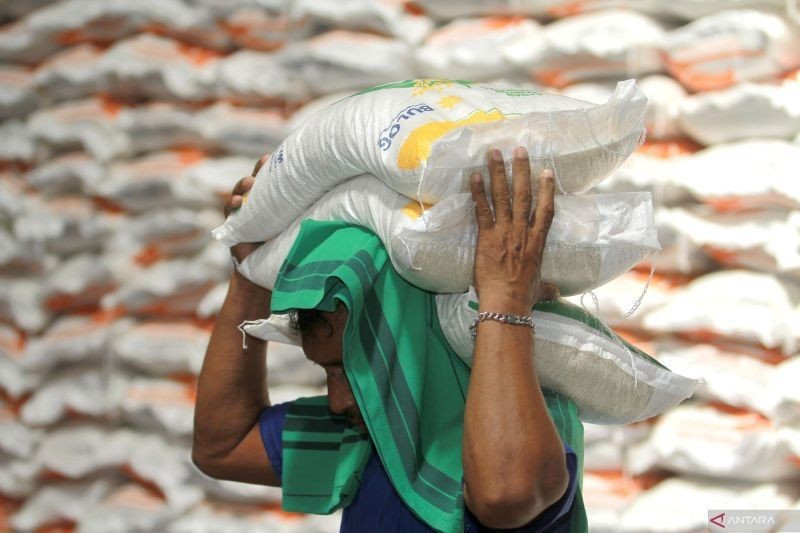Popular Reads
Top Results
Can't find what you're looking for?
View all search resultsPopular Reads
Top Results
Can't find what you're looking for?
View all search resultsWorld food prices at more than two-year high, FAO says
Rice prices eased, mainly because of a fall of Indian prices to three-year lows on rupee weakness and intense competition among exporters.
Change text size
Gift Premium Articles
to Anyone
W
orld food prices hovered around their highest level in more than two years in August, as costlier meat, sugar and vegetable oil offset cheaper cereals and dairy products, the United Nations' Food and Agriculture Organization said on Friday.
The FAO Food Price Index, which measures changes in the price of a basket of food staples traded internationally, stood at 130.1 points in August, compared with a revised 130.0 in July. It was 6.9 percent higher than a year earlier.
That was the highest since February 2023, but still 18.8 percent below a peak hit in March 2022 following Russia's invasion of Ukraine.
Vegetable oil prices rose 1.4 percent in August to their highest level in more than three years. Palm, sunflower and rapeseed oils were boosted by Indonesia’s plans to increase its biodiesel mandate, while soy oil fell on expectations of ample supply.
Indonesia is working to increase the mandatory palm oil content in its biodiesel in a bid to reduce its reliance on imported fossil fuels.
Cereal prices dropped for a fifth straight month, down 0.8 percent from July. Wheat prices fell on large harvests in the European Union and Russia. Maize prices rose, driven by higher US demand for feed and ethanol.
Rice prices eased, mainly because of a fall of Indian prices to three-year lows on rupee weakness and intense competition among exporters.
The meat price index increased 0.6 percent to a record high, led by strong demand for beef in the United States and China.
Ovine meat prices rose, pig meat was steady and poultry prices fell on abundant supplies from Brazil. Dairy prices dropped 1.3 percent as butter, cheese and whole milk powder quotations declined due to subdued demand from Asian markets.
Sugar prices edged up 0.2 percent after five months of decline, as concerns over Brazilian sugarcane yields and stronger global demand outweighed improved crop prospects in India and Thailand.
In a separate report, the FAO forecast record global cereal production of 2.961 billion tonnes in 2025, up from 2.925 billion previously. Output is expected to be 3.5 percent higher than a year earlier, mainly due to improved maize prospects.
Maize output forecasts increased in the United States, Brazil and Mexico, driven by record yields and an expanded planted area. EU production is expected to fall due to dry weather and reduced yields.










